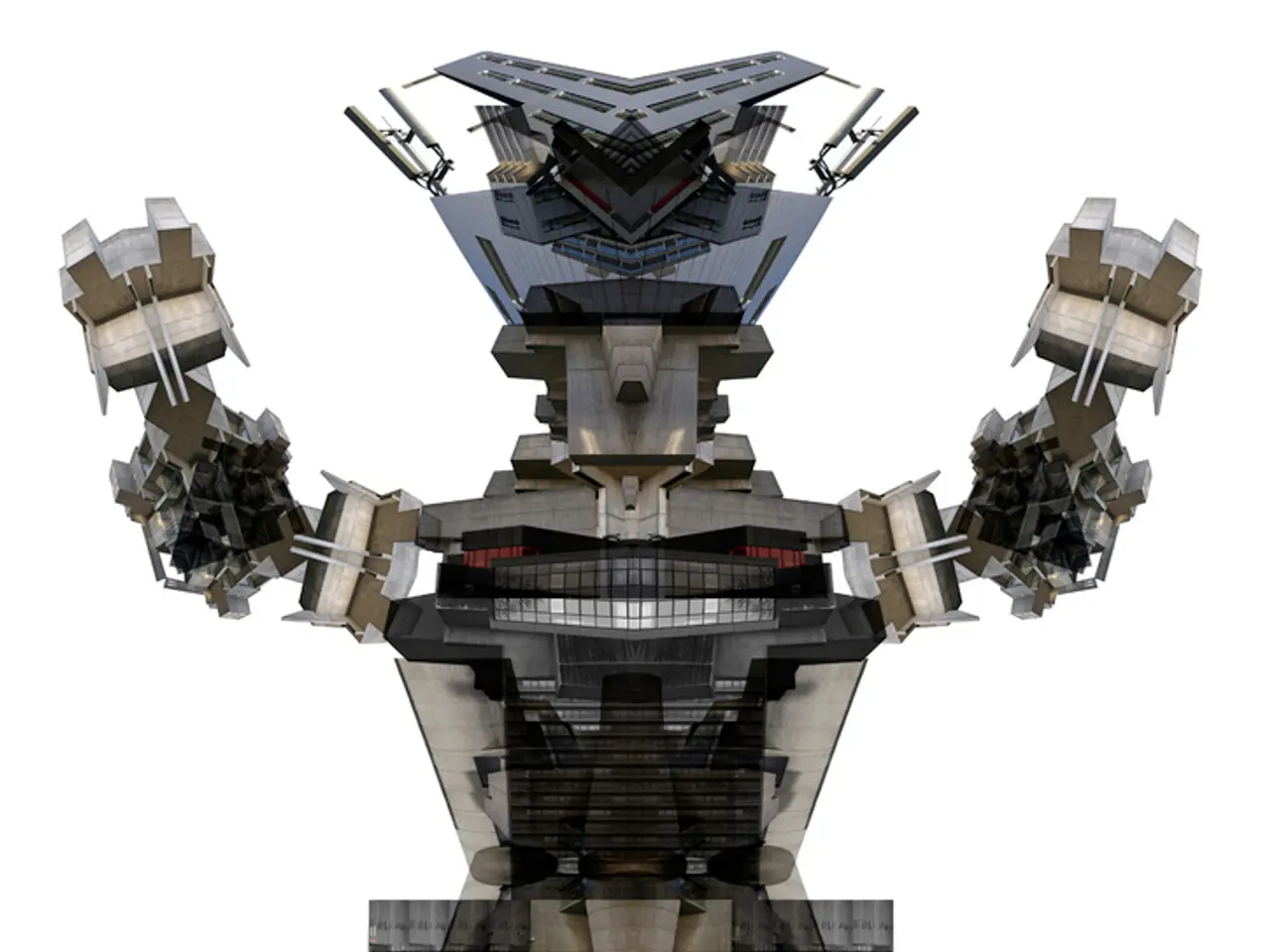Humanoid Robot L7 Capable of Both Entertaining Audiences and Performing Job Duties on the Assembly Line
In a significant leap forward for robotics technology, Robotera has launched its latest creation, the humanoid robot named Robot L7. The launch of the Robot L7 signifies a notable progression in the field, as it showcases advanced capabilities that are poised to transform multiple industries.
The Robot L7 boasts fast-acting joint motors, enabling it to make quick direction changes and balance adjustments with remarkable agility. Its core frame is crafted from aerospace-grade aluminum alloy and carbon fiber composites, ensuring durability and lightweight construction. This combination of speed and strength allows the Robot L7 to perform a variety of tasks, including running, jumping, dancing, and more.
At 171 cm tall and weighing 143 pounds (65 kg), the Robot L7 stands among the most impressive humanoid robots currently in existence. It employs an AI system called "Body and Brain" for full-body control, enabling it to execute complex movements with lifelike precision.
The Robot L7 is believed to be the fastest full-sized humanoid robot, capable of sprinting at up to 9 mph (14.4 kph). This speed, combined with its agility and versatility, places it at the forefront of the rapidly evolving field of AI-infused humanoid robots.
While the Robot L7 represents a significant achievement, it is not without its challenges. The high costs associated with robotics technology remain a barrier, with first-generation humanoids costing tens of thousands of dollars. Additionally, the complexity of replicating human agility and dexterity in real-world settings, developing comprehensive world models, and overcoming hardware/energy constraints are all ongoing challenges.
Despite these hurdles, the landscape for humanoid robots is increasingly positive. Advancements in generative AI allow these robots to learn from demonstration and independently figure out tasks, transforming traditional robot programming and opening new scenarios for smart manufacturing and service applications. The integration of AI supports intuitive commands, reinforcement learning, and adaptation to unpredictable environments, pushing humanoid robots beyond rigid automation towards truly collaborative and mobile agents across multiple sectors.
The successful demonstrations of humanoid robots like the Robot L7 at major conferences, such as WAIC 2025, signal a pivotal shift towards commercial deployment of versatile humanoid robots capable of operating in dynamic, human environments. By around 2026, it is anticipated that a comprehensive robot world model will be achieved, helping robots better understand and navigate physical tasks autonomously.
In summary, the Robot L7 is a testament to the substantial trend towards versatile, fast, and intelligent humanoid robots that are poised to transform multiple industries as these technical challenges are progressively addressed. The cost of robotics technology is becoming increasingly affordable, opening up new possibilities for its application in manufacturing, service industries, home automation, research, entertainment, and environments optimized for human form.
The Robot L7, with its advanced capabilities, is strategically positioned to revolutionize various industries, particularly manufacturing and service industries, due to its agility, speed, and AI integration. This transformation in technology is expected to lead to significant advancements in the financing of these sectors as the costs associated with robotics technology become more affordable. Moreover, the integration of artificial intelligence in humanoid robots like the Robot L7 is expected to unlock new opportunities in technology, including the development of smarter and more adaptable machines.




